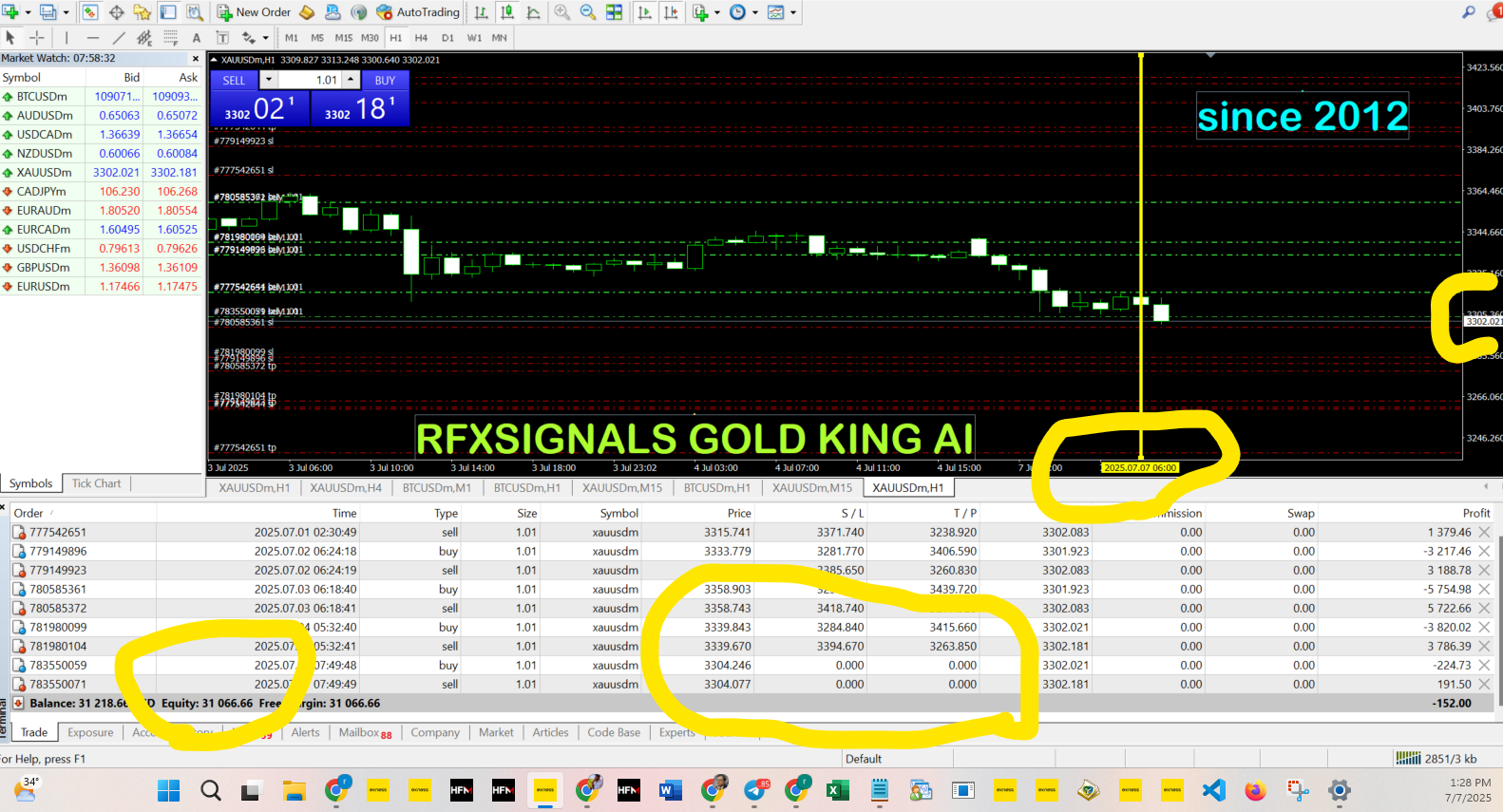Best Forex Indicators in 2025: Tools Every Trader Must Know
Forex traders often debate whether indicators are “useless” or “essential.” The truth? Indicators are neither magic bullets nor meaningless—they’re tools. And in 2025, with markets driven by speed, volatility, and AI-driven algorithms, the right indicators can still give traders an edge.
This guide explores the best forex indicators in 2025, how they work, and how to combine them into practical trading systems.
Why Indicators Still Matter in 2025
Some traders insist on pure price action. Others load their charts with ten indicators until nothing’s visible. The balanced truth is:
- Indicators confirm trends and entries.
- They measure strength, momentum, and volatility.
- They provide structure and discipline.
In 2025, indicators remain valuable when used wisely—especially in combination with smart risk management and trading psychology.
The Role of Indicators vs. Price Action
- Price action = raw reading of candles, support/resistance, and market structure.
- Indicators = mathematical formulas applied to price and volume to highlight hidden patterns.
A skilled trader uses indicators as confirmation, not replacement for reading charts.
Top 10 Forex Indicators for 2025
Let’s dive into the most effective indicators for this year.
1. Moving Averages (MA & EMA)
Why it’s still king: Moving averages smooth out noise and show overall trend direction.
- Simple MA (SMA): Average of prices over a set period (e.g., 50, 200).
- Exponential MA (EMA): Gives more weight to recent prices—great for fast-moving 2025 markets.
Common use:
- 50/200 MA crossover = trend change signal.
- EMA 20/50 = short-term trend following.
Best for: Identifying trends and dynamic support/resistance.
2. RSI (Relative Strength Index)
RSI remains one of the most used momentum oscillators.
- Formula: Measures speed of price changes (0–100 scale).
- Levels: Above 70 = overbought, below 30 = oversold.
2025 upgrade: Instead of blindly trading overbought/oversold, traders combine RSI with price structure (divergence signals are gold).
Best for: Spotting exhaustion points and reversals.
3. MACD (Moving Average Convergence Divergence)
The MACD blends moving averages with momentum.
- Components:
- MACD line (12 EMA – 26 EMA)
- Signal line (9 EMA of MACD)
- Histogram (momentum strength)
Signals:
- Line crossover = entry/exit.
- Divergence between price & MACD = reversal warning.
Best for: Trend continuation or early reversal spotting.
4. Bollinger Bands
Created by John Bollinger, this volatility indicator remains highly relevant.
- Structure: 20 SMA with ±2 standard deviation bands.
- Use cases:
- Squeeze = breakout coming.
- Touch of outer bands = potential reversal.
Pro tip: Combine with RSI to filter fake signals.
5. Fibonacci Retracements
Not a traditional “indicator,” but still essential in 2025.
- Key levels: 38.2%, 50%, 61.8%.
- Use: Identify pullback levels in trends.
In fast markets, Fibonacci levels act as magnets where price often reacts.
Best for: Swing trading and trend pullbacks.
6. ATR (Average True Range)
ATR measures volatility—critical in 2025’s explosive market moves.
- Not a direction tool.
- Use: Set stop-loss and take-profit dynamically based on volatility.
Example: If ATR = 50 pips, placing a 20-pip SL is suicide—market noise will knock you out.
7. Parabolic SAR
The Parabolic Stop and Reverse is a trend-following indicator.
- Dots below price = bullish.
- Dots above price = bearish.
Why still useful: Simple visual trailing stop. In 2025, traders often use it to lock profits in trending pairs like XAU/USD or GBP/JPY.
8. Ichimoku Cloud
Complex but powerful.
- Components: Cloud, conversion line, base line, lagging span.
- Uses:
- Trend direction (above/below cloud).
- Support/resistance zones.
- Momentum via line crosses.
In 2025, Ichimoku remains especially popular among Asian traders.
9. Volume Profile
Volume-based indicators are gaining ground as brokers release better tick data.
- Shows where trading activity is concentrated.
- High Volume Nodes = strong support/resistance.
- Low Volume Nodes = breakout zones.
Volume helps confirm whether a move is strong or weak.
10. AI-Powered Custom Indicators
2025 is the year of AI indicators. Many traders now use machine learning–based tools that adapt dynamically to market conditions.
Examples:
- Predictive trend filters.
- Adaptive volatility ranges.
- Signal-scoring dashboards combining multiple factors.
These tools are powerful but require caution—AI is only as good as its data.
How to Combine Indicators Without Overloading Charts
The classic mistake = using 6 indicators that all say the same thing.
Smart approach (2025 standard):
- Trend filter: Moving Averages or Ichimoku.
- Momentum: RSI or MACD.
- Volatility: ATR or Bollinger Bands.
- Support/Resistance: Fibonacci or Volume Profile.
Keep it simple: 2–3 complementary indicators max.
Common Mistakes Traders Make With Indicators
- Using too many indicators → analysis paralysis.
- Treating indicators as signals instead of tools.
- Ignoring fundamentals (e.g., interest rate announcements).
- Not adapting indicator settings for 2025 volatility.
Indicators should serve your strategy—not dictate it blindly.
Building a Simple Indicator-Based Trading System
Here’s a practical example of combining indicators:
Strategy: Trend + Pullback + Momentum Confirmation
- Use 50 EMA to define trend.
- Wait for pullback to 38.2% Fibonacci retracement.
- Confirm with RSI (oversold in uptrend / overbought in downtrend).
- Entry when price resumes trend.
- SL = 1 ATR below swing low, TP = 2 ATR.
This keeps charts clean but structured.
Final Thoughts
Forex indicators in 2025 are more powerful than ever, especially with AI-powered tools. But they’re not magic solutions—they’re guides.
To succeed:
- Choose a few reliable indicators.
- Learn how they complement each other.
- Focus on discipline and risk management, not just signals.
When combined with strong psychology and money management, indicators remain a trader’s best friend in today’s fast-paced forex market.
